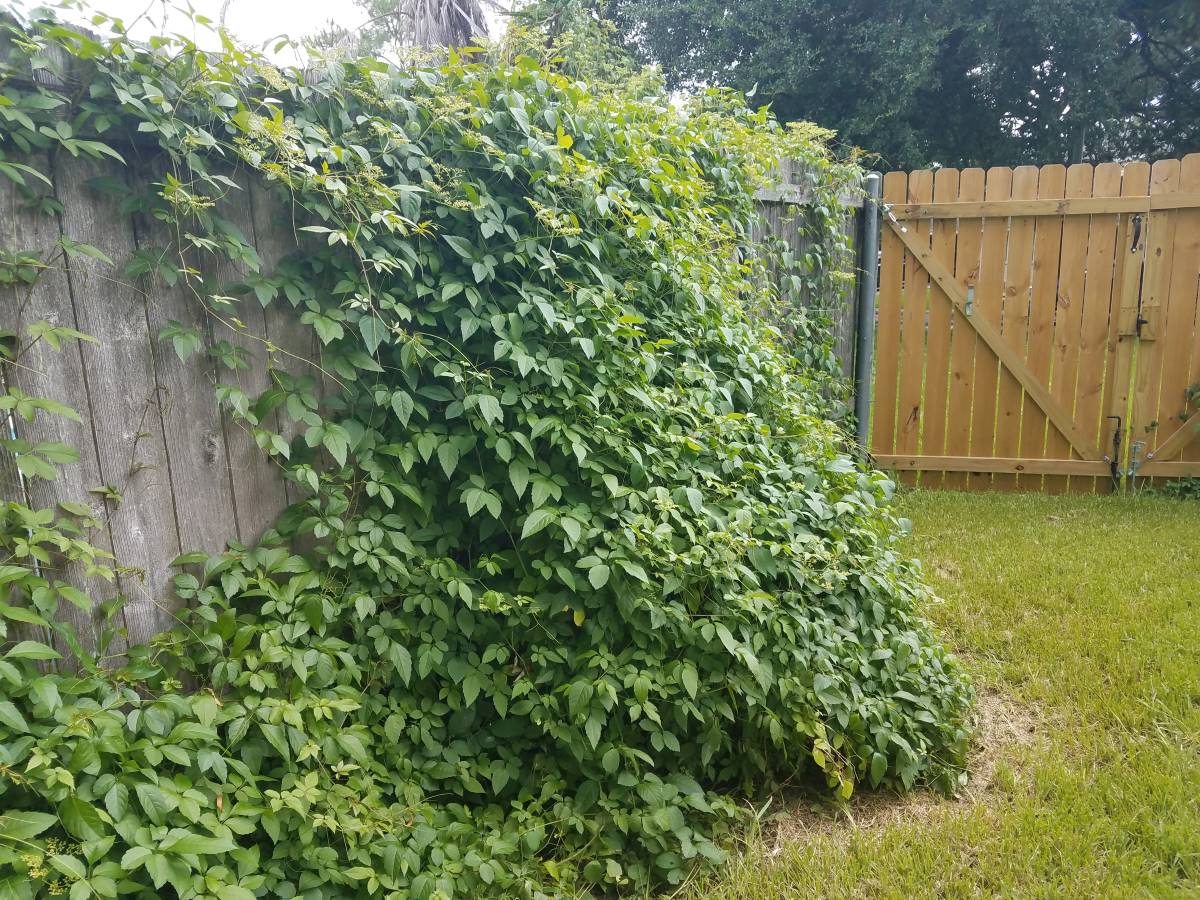

Articles
How To Get Rid Of Vines On Fence
Modified: May 6, 2024
Learn effective ways to remove and prevent vines from growing on your fence with our informative articles. Discover expert tips and techniques today!
(Many of the links in this article redirect to a specific reviewed product. Your purchase of these products through affiliate links helps to generate commission for Storables.com, at no extra cost. Learn more)
Introduction
Vines can be a beautiful addition to your garden, with their lush foliage and delicate flowers. However, when those vines start to take over your fence, it can quickly become a problem. Not only can they damage the structure of the fence, but they can also create a messy and untidy appearance.
In this article, we will explore various methods to effectively get rid of vines on your fence. Whether you prefer a manual approach or opt for chemical solutions, we have you covered. We’ll also discuss preventive measures to ensure that those unwanted vines don’t make a comeback.
Before we dive into the removal techniques, it’s important to understand the nature of the vines you’re dealing with. Different types of vines require different removal methods, so assessing the type of vines on your fence is the first step to a successful removal process.
So, if you’re ready to reclaim the beauty and functionality of your fence, let’s get started on the journey to vine-free fences!
Key Takeaways:
- Say goodbye to unwanted vines on your fence by identifying the type of vines, preparing the right tools, and manually removing them. Regular maintenance and vigilance are key to preventing their return.
- For larger or persistent vine problems, consider using chemical solutions to target the roots and minimize regrowth. Prioritize safety, follow instructions carefully, and consider the environmental impact of the chemicals used.
Read more: How To Get Rid Of Vine Weeds In Grass
Understanding the Problem
Before you start removing vines from your fence, it’s essential to understand the problem at hand. Vines can be resilient and tenacious, so knowing what you’re up against will help you choose the most effective approach for removal.
Vines are fast-growing plants that use tendrils or aerial roots to grip onto surfaces like fences and walls. They are categorized into two main types: woody vines and herbaceous vines.
Woody vines, as the name suggests, have strong, woody stems that can become thick and difficult to remove over time. These vines, such as English Ivy and Wisteria, tend to have deep root systems and can spread rapidly. Herbaceous vines, on the other hand, have softer stems and typically die back in the winter. Examples of herbaceous vines include Morning Glory and Sweet Pea.
When vines take over a fence, they can lead to a number of issues. First and foremost, they can damage the structure of the fence itself. As the vines grow and spread, their tendrils can penetrate the wood or metal, causing cracks, warping, or even complete collapse of the fence.
Furthermore, vines can create a messy and unkempt appearance for your fence. Overgrown and tangled vines can make the fence look neglected and unattractive. This can be particularly problematic if you have a garden or yard that you want to showcase, as the vines can overshadow and detract attention from other plants and features.
Finally, vines can also harbor pests and critters. Dense foliage and tangled vines create a perfect hiding place for insects, rodents, and even snakes. This can pose a risk to both your garden and your home, as these pests can cause damage and spread diseases.
Understanding these problems will help you prioritize the need to remove the vines and take appropriate actions to restore the beauty and functionality of your fence.
Assessing the Type of Vines
Before you begin the process of removing vines from your fence, it’s crucial to assess the type of vines you’re dealing with. Different types of vines require different removal methods, so identifying the specific species will help you determine the most effective approach.
One way to distinguish between different types of vines is by their growth habit. Some vines, like English Ivy and Wisteria, are aggressive climbers that can quickly take over a fence and other structures. These vines typically have strong tendrils or aerial roots that allow them to firmly attach to surfaces.
Other vines, such as Morning Glory and Sweet Pea, are annual or perennial climbers that have softer stems. These vines tend to die back in the winter months but can rapidly regrow from their roots in the following seasons.
To identify the type of vines on your fence, consider the following characteristics:
- Leaf Shape: Look closely at the leaves of the vine. Are they heart-shaped, ovate, or lobed? Paying attention to leaf shape can help narrow down the possibilities.
- Growth Pattern: Observe how the vine is growing. Does it climb vertically or spread horizontally? This will give you an idea of whether it’s a twining vine or a sprawling vine.
- Flower or Seed Pods: Take note of any flowers or seed pods that the vine produces. The colors and shapes of the flowers can be helpful in identification.
- Bark and Stems: Examine the bark and stems of the vine. Are they woody or herbaceous? This will help determine if it’s a woody vine or an herbaceous vine.
- Growth Rate: Pay attention to how quickly the vine grows. Some vines can grow several feet in a single season, while others have a slower growth rate.
Once you have identified the type of vines on your fence, you can research specific removal techniques that are most effective for that particular species. This will save you time and effort in the long run, as you’ll be able to target the vines with precision.
Remember, it’s important to remove vines from your fence as soon as possible to prevent further damage and to restore the aesthetics of your outdoor space. So, take the time to assess the type of vines before you dive into the removal process.
Preparing the Tools and Equipment
Before you start removing vines from your fence, it’s important to gather the necessary tools and equipment. Having the right tools will make the process easier and more efficient, allowing you to effectively tackle the task at hand.
Here are some essential tools and equipment you should have on hand:
- Gloves: Protecting your hands is vital when dealing with vines. Use thick, sturdy gloves to prevent scratches and cuts. Additionally, gloves provide a barrier between your skin and any potential irritants or allergens that the vines may carry.
- Pruning Shears: Pruning shears or garden scissors are essential for cutting through the thick stems and branches of woody vines. Look for a pair with sharp blades and comfortable handles.
- Loppers: For harder-to-reach areas or larger branches, loppers are necessary. These long-handled pruning tools have extra leverage and can handle thicker vine stems with ease.
- Garden Gloves: In addition to protective gloves, wearing garden gloves can provide a better grip when pulling and untangling vines. They can also offer additional protection from thorns or prickly foliage.
- Ladder: If your fence is tall or if the vines have climbed to higher sections, a sturdy ladder will help you reach those areas safely. Make sure the ladder is stable and positioned on a flat surface.
- Protective Eyewear: While removing vines, there’s a possibility of debris or plant material getting in your eyes. Wearing safety goggles or protective eyewear will prevent eye injuries.
- Garbage Bags or Containers: Have a few large garbage bags or containers nearby to collect the cut vines. This will make cleanup easier and help prevent the spread of seeds or plant material.
- Safety Equipment: Depending on the situation and the type of vines you’re dealing with, you may need additional safety equipment. This could include a face mask for protection against dust or allergens, or even knee pads if you’ll be kneeling for an extended time.
Remember to prioritize safety when gathering your tools and equipment. It’s important to protect yourself from potential hazards such as thorns, allergens, or debris. By ensuring you have all the necessary tools on hand, you’ll be well-prepared to tackle the task of removing vines from your fence.
Use a pair of gardening gloves and a pair of pruning shears to carefully cut the vines at the base of the fence. Pull the vines away and dispose of them properly to prevent regrowth.
Removing Vines Manually
Removing vines manually is a labor-intensive but effective method, especially for the removal of smaller or less established vines. While it may require some physical effort, it allows for a more hands-on approach and ensures that the entire vine, including the roots, is removed.
Here are the steps to follow when removing vines manually:
- Put on Protective Gear: Before you begin, don your gloves, garden gloves, and any other necessary safety equipment to protect yourself from thorns or irritants.
- Identify the Main Stem: Locate the main stem or base of the vine where it attaches to the fence. This is typically the thickest part of the vine and is where you’ll start the removal process.
- Cut the Vine at the Base: Using pruning shears or loppers, make a clean cut at the base of the vine. Depending on the thickness of the stem, you may need to use loppers or a saw to cut through it. Ensure that you remove as much of the stem as possible.
- Untangle and Remove the Vine: Carefully untangle the vine from the fence, working your way up from the base. Gently pull the vine away from the fence, being cautious of any fragile or delicate areas. If the vine is tangled or intertwined with other plants, take care to avoid damaging them as you remove the vine.
- Remove the Remaining Vines and Roots: Once the main stem is removed, search for any remaining vines or roots that may be clinging to the fence. Use your hands or garden tools to carefully detach and remove them. Be thorough, as even small remnants of the vine can regrow and cause problems later on.
- Dispose of the Vines Properly: Place the removed vines into a garbage bag or container. If the vines have seed pods or flowers, be cautious to prevent the spread of seeds. Seal the bag and discard it properly.
- Inspect and Clean the Fence: After removing the vines, inspect the fence for any damages or foliage residue. Clean the fence using water, a gentle detergent, and a soft brush to remove any remaining debris.
Remember, manual removal may not be suitable for dense or large vine infestations. In such cases, it may be necessary to use alternative methods like chemical solutions or seek professional assistance. Additionally, regular maintenance and monitoring can help prevent vines from regrowing and reestablishing on your fence.
By following these steps and investing the effort, you’ll be able to effectively remove vines manually and restore your fence’s appearance and integrity.
Read more: How To Get Rid Of Ground Cover Vines
Using Chemical Solutions
If you’re dealing with a large or persistent vine infestation on your fence, using chemical solutions can be an effective method to eradicate the vines. Chemicals can penetrate the roots and kill the vines, preventing regrowth and minimizing the need for manual removal.
Before using any chemical solution, it’s important to read and follow the instructions provided by the manufacturer. Additionally, consider the environmental impact and the potential risks associated with the chemicals you’ll be using. If you have any concerns, consult a professional or opt for more natural and eco-friendly alternatives.
Here are some common chemical solutions for removing vines:
- Herbicides: Selective herbicides specifically formulated for woody vines can be effective. They target the vines while leaving other plants unharmed. Glyphosate-based herbicides are commonly used, but be cautious when applying them near desirable plants to avoid damage.
- Vinegar or Salt Solution: A mixture of white vinegar or salt can be a natural alternative to herbicides. Spray the solution directly onto the leaves and stems of the vines. This method may require repeated applications, and it’s important to be cautious as vinegar and salt can also harm desirable plants.
- Brush Killer: Brush killers contain an active ingredient called triclopyr that is effective against tough and persistent vines. Apply the brush killer directly to the cut ends of the vines or use a sprayer to target the foliage. Take precautions to avoid contact with other plants or surfaces.
- Systemic Herbicides: Some systemic herbicides are designed to be absorbed by the leaves and transported throughout the plant, including the roots. This ensures that the entire plant is killed. Follow the instructions carefully and be aware of their potential impact on other nearby plants or wildlife.
When using chemical solutions, it’s important to:
- Apply the chemicals on a calm day to prevent drift and unintended damage to other plants.
- Be mindful of any local regulations or restrictions regarding the use of chemicals.
- Wear protective clothing, gloves, and eyewear to minimize exposure to the chemicals.
- Dispose of chemical containers and unused solutions properly.
After applying the chemical solution, monitor the vines for signs of wilting and decay. Once the vines have completely died, you can proceed with manual removal to prevent any regrowth.
Remember, chemical solutions should be used as a last resort and with caution. Consider the potential impact on the environment and take necessary measures to protect yourself and other desirable plants in your garden.
Preventing Vines from Returning
Once you’ve successfully removed the vines from your fence, it’s essential to take proactive steps to prevent their return. By implementing preventive measures, you can maintain a vine-free fence and save yourself the hassle of repeated removal efforts in the future.
Here are some effective strategies to prevent vines from returning:
- Regular Maintenance: Regularly inspect your fence and surrounding areas for any signs of vine growth. Promptly remove any small vines or seedlings to prevent them from establishing themselves.
- Pruning and Cutting: Regularly prune and cut back any nearby vegetation that could potentially provide a support system for vine growth. This includes shrubs, trees, and other plants that may allow vines to climb and spread onto your fence.
- Physical Barriers: Install a physical barrier between the fence and the ground, such as a metal or plastic barrier, to prevent vines from growing back up from the soil. This can be particularly effective for invasive ground-covering vines.
- Apply Mulch: Applying a layer of mulch around the base of your fence can help suppress weed growth and discourage vine establishment. Make sure to choose a mulch that is dense and well-packed to prevent vines from easily taking root.
- Use Non-climbing Plants: Select non-climbing plants for your garden that do not have vigorous vine-like growth habits. Opt for plants with controlled growth or plants that naturally deter vine growth, such as spiky or thorny shrubs.
- Regular Fence Maintenance: Keep your fence well-maintained by inspecting it regularly for any signs of damage or weakness. Repair any holes or cracks that could provide entry points for vines to grow through.
- Apply Vine Growth Inhibitors: There are vine growth inhibitors available on the market that can be applied around the base of your fence to deter vine growth. These inhibitors typically create an unfavorable environment for vines to establish and grow.
- Stay Vigilant: Regularly monitor your fence and surrounding areas for any signs of vine regrowth. If you notice any new vines emerging, take immediate action to remove them before they can fully establish themselves.
Implementing a combination of these preventive measures will significantly reduce the chances of vines returning to your fence. Regular maintenance and staying vigilant are key to keeping your fence free from invasive vines and maintaining the aesthetic appeal of your outdoor space.
By taking proactive steps to prevent vine regrowth, you can enjoy a vine-free fence and a more manageable garden or yard in the long run.
Conclusion
Vines on a fence can quickly become a nuisance, causing damage, and creating an unsightly appearance. However, with the right methods and techniques, you can effectively get rid of vines and restore the beauty and functionality of your fence.
In this article, we have explored various methods for vine removal, including manual removal and the use of chemical solutions. Manual removal involves identifying the type of vines, preparing the necessary tools, and carefully removing the vines from the fence. This method is suitable for smaller infestations or when you prefer a more hands-on approach.
For larger or persistent vine problems, chemical solutions can be an effective option. These solutions target the roots of the vines, preventing regrowth and minimizing the need for manual removal. It is important, however, to follow instructions carefully and consider the environmental impact of the chemicals you’re using.
Additionally, we discussed preventive measures to keep vines from returning to your fence. Regular maintenance, pruning nearby vegetation, installing physical barriers, and using plant deterrents are all effective strategies in preventing vine regrowth.
Whether you choose to remove vines manually or opt for chemical solutions, it’s crucial to prioritize safety and act cautiously throughout the process. Wear appropriate protective gear and follow all safety guidelines to minimize the risk of injury or exposure to harmful substances.
By implementing the removal and prevention techniques outlined in this article, you can successfully reclaim your fence from unwanted vines and maintain a vine-free environment. Remember to regularly inspect and maintain your fence to ensure its longevity and functionality.
So, roll up your sleeves, gather your tools, and embark on the journey to a vine-free fence. Enjoy the transformed appearance of your outdoor space and take pride in the efforts you’ve made to keep your fence looking its best.
Now that you've tackled those pesky vines, why not spruce up your outdoor space with some fresh ideas? Our article on garden fence ideas offers creative designs and landscaping inspiration to transform your fence into a stunning feature of your garden. Whether you're looking for privacy, style, or a bit of both, you'll find plenty of options to enhance your garden's charm.
Frequently Asked Questions about How To Get Rid Of Vines On Fence
Was this page helpful?
At Storables.com, we guarantee accurate and reliable information. Our content, validated by Expert Board Contributors, is crafted following stringent Editorial Policies. We're committed to providing you with well-researched, expert-backed insights for all your informational needs.
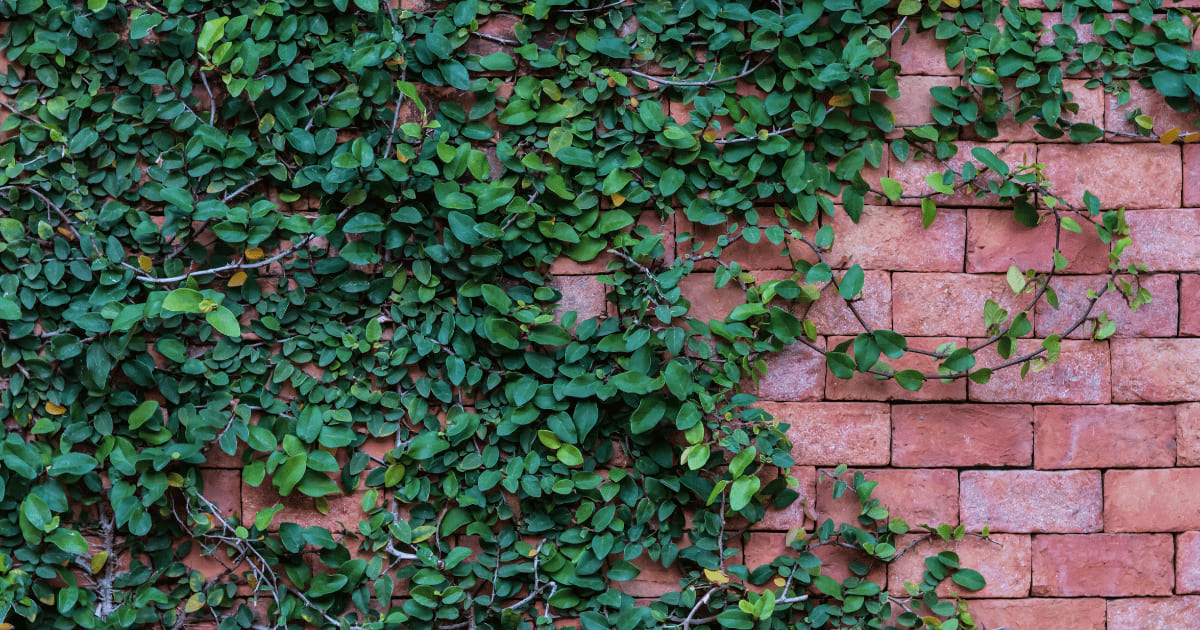
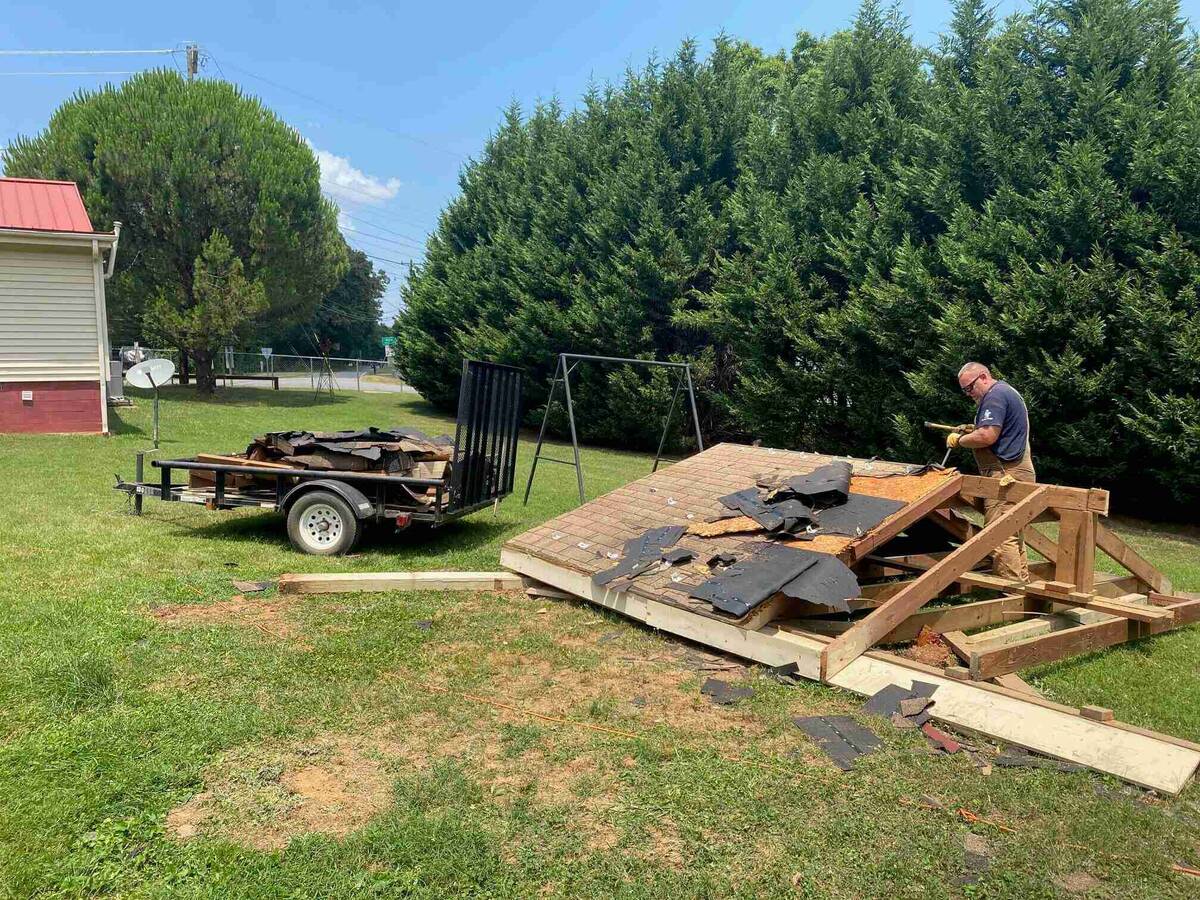





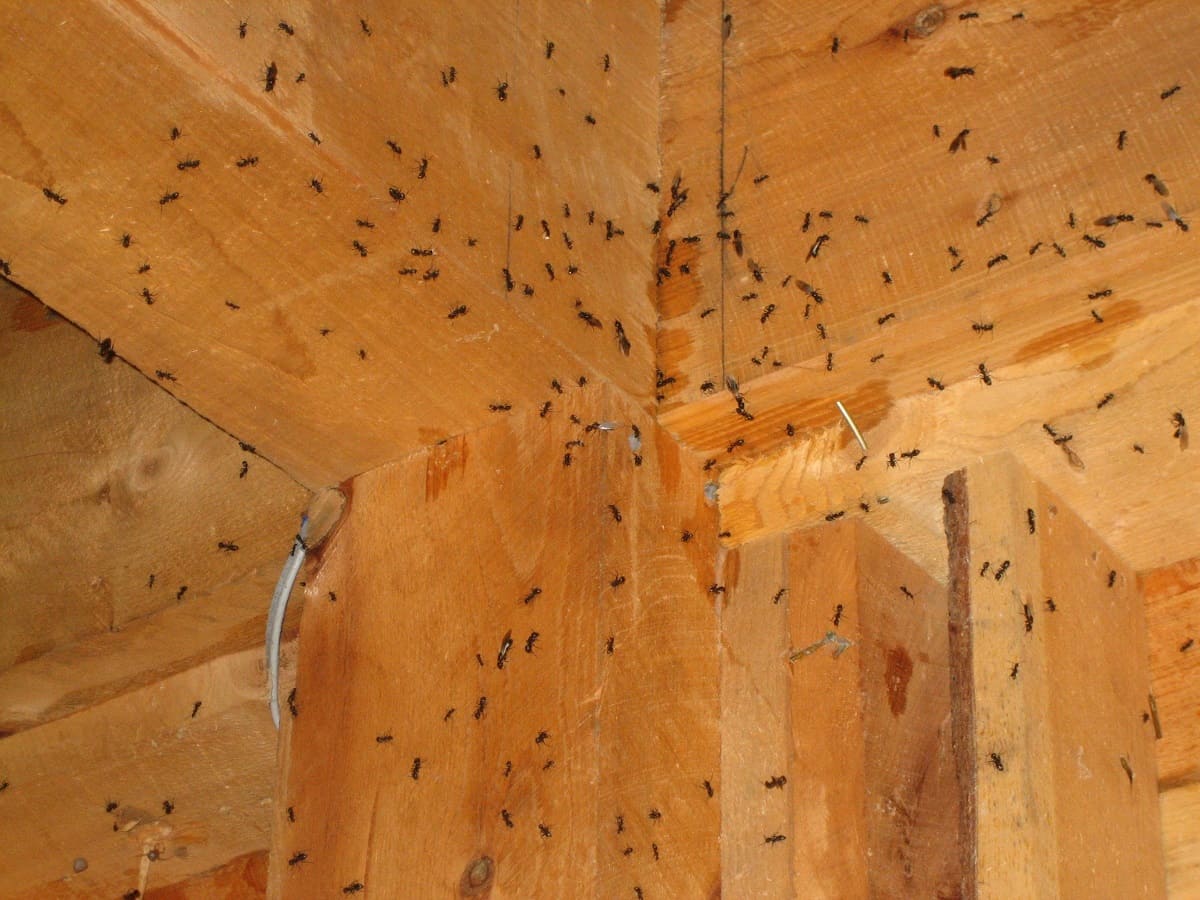
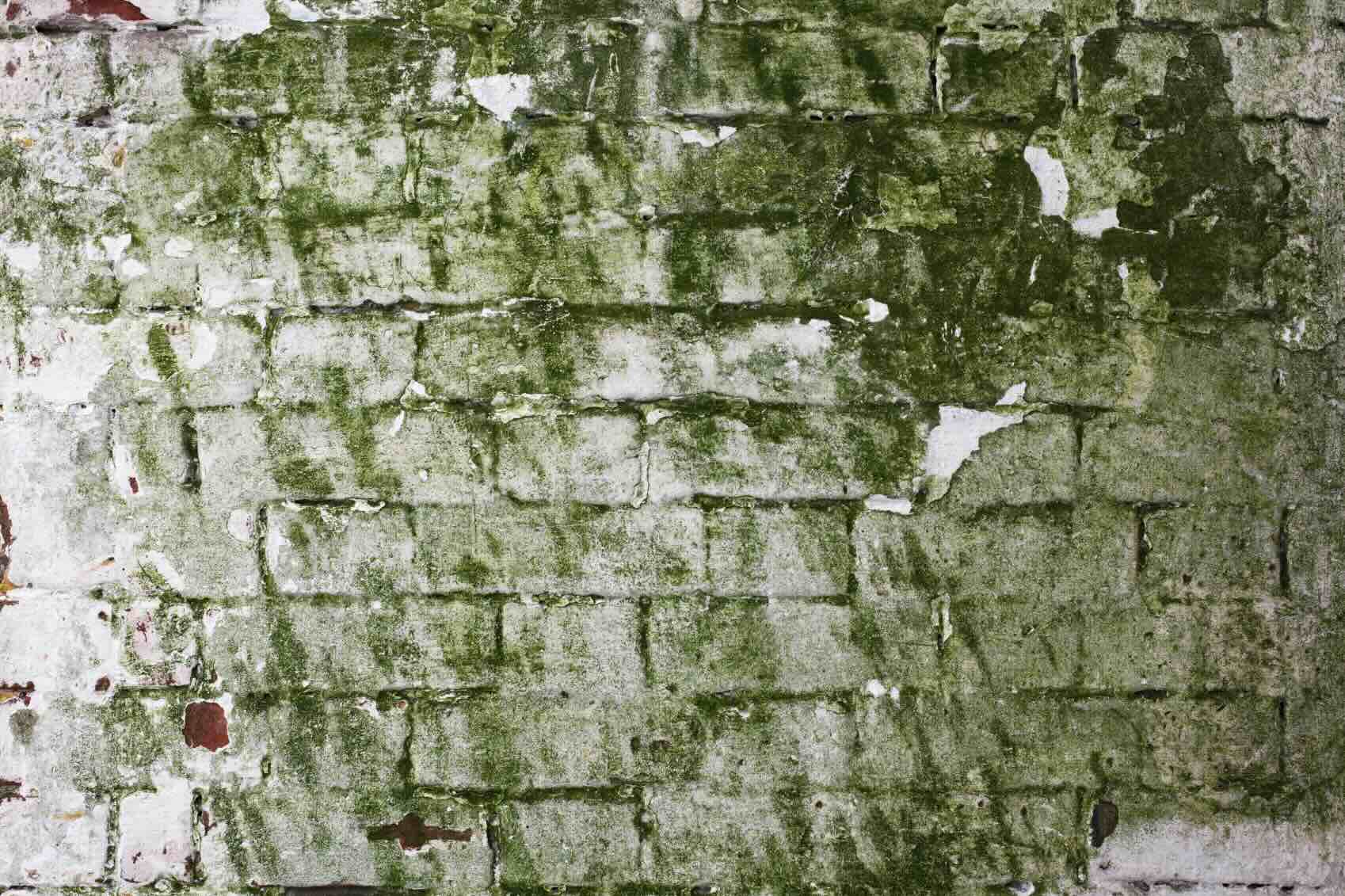


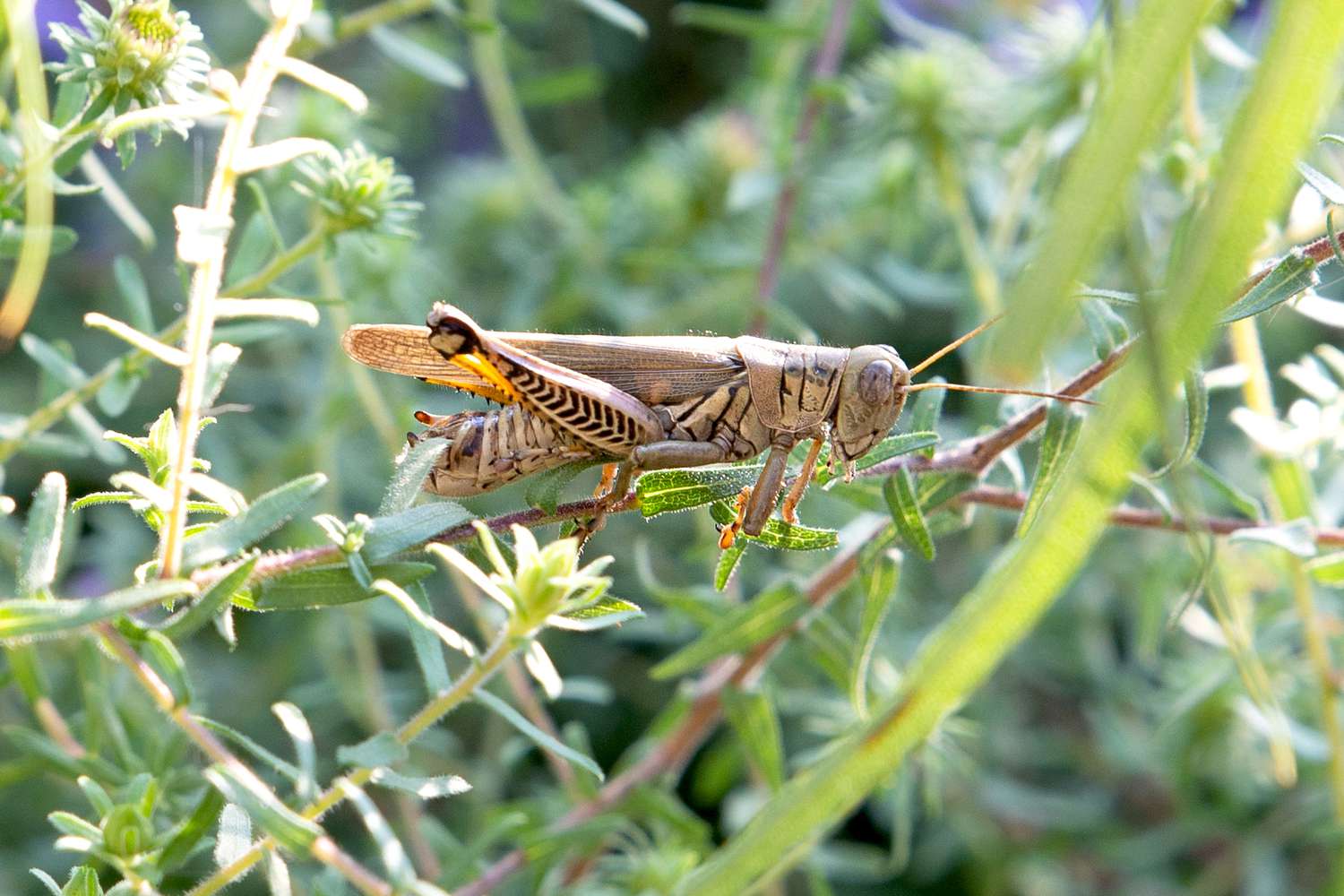



0 thoughts on “How To Get Rid Of Vines On Fence”